Did an awful job overwintering. Plus advice on Nikko Blue.
yodio
15 years ago
Related Stories

DECORATING GUIDES10 Design Tips Learned From the Worst Advice Ever
If these Houzzers’ tales don’t bolster the courage of your design convictions, nothing will
Full Story
KITCHEN DESIGN3 Dark Kitchens, 6 Affordable Updates
Color advice: Three Houzzers get budget-friendly ideas to spruce up their kitchens with new paint, backsplashes and countertops
Full Story
BEDROOMSThe Right Mattress: The Secret to a Great Night’s Sleep
We spend a third of our lives asleep, so investing in a quality mattress is essential. Check out this expert advice to help you choose yours
Full Story
DECORATING GUIDES15 Home Ideas Fit for a Crowd
Spend less time corralling chaos and more time enjoying family togetherness with this advice from someone who's been there
Full Story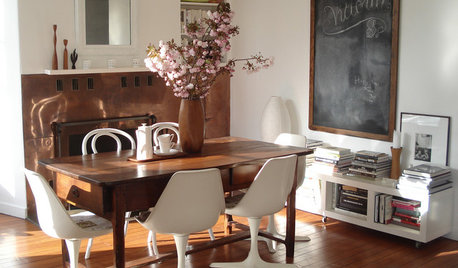
LIFEThe Wisdom of Kenny Rogers, for Declutterers
No need to gamble on paring-down strategies when the country music legend has already dealt out some winning advice
Full Story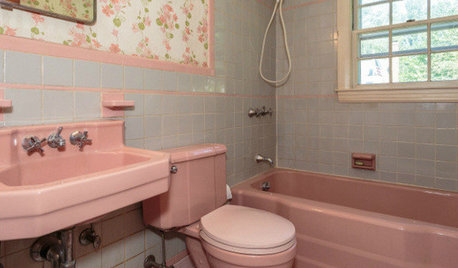
BATHROOM COLOR8 Ways to Spruce Up an Older Bathroom (Without Remodeling)
Mint tiles got you feeling blue? Don’t demolish — distract the eye by updating small details
Full Story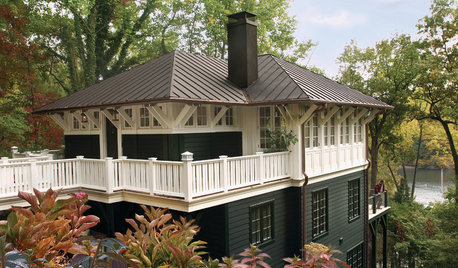
HOUZZ QUIZHouzz Quiz: What Color Should You Paint Your House?
Is white right? Maybe dark blue-gray? Take our quiz to find out which color is best for you and your home
Full Story
MOST POPULARThe Right Way to Test Paint Colors
Here are 5 key steps to take to ensure you're happy with your wall paint color
Full Story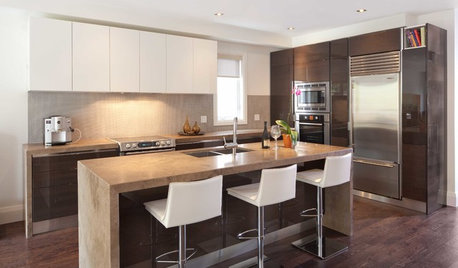
LIGHTINGGet Your Home's Recessed Lighting Right
Learn the formula for how much light a room needs plus how to space downlights, use dimmers and more
Full Story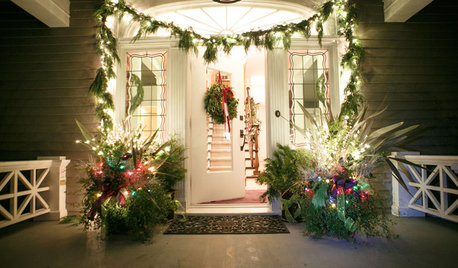
LIFE10 Ways to Cope With Grief During the Holidays
If you are experiencing loss, take it from an experienced griever — life has changed forever, but it does get better
Full StoryMore Discussions







luis_pr
yodioOriginal Author
Related Professionals
Ballwin Landscape Architects & Landscape Designers · Eden Prairie Landscape Architects & Landscape Designers · Manchester Landscape Contractors · Tempe Landscape Contractors · Fort Payne Landscape Contractors · Lynchburg Landscape Contractors · McLean Landscape Contractors · Mission Viejo Landscape Contractors · Pleasant Hill Landscape Contractors · Thonotosassa Landscape Contractors · Silver Firs Landscape Contractors · Camp Springs Landscape Contractors · Kannapolis Siding & Exteriors · Palatine Siding & Exteriors · West Bloomfield Township Siding & Exteriorschickenman6146